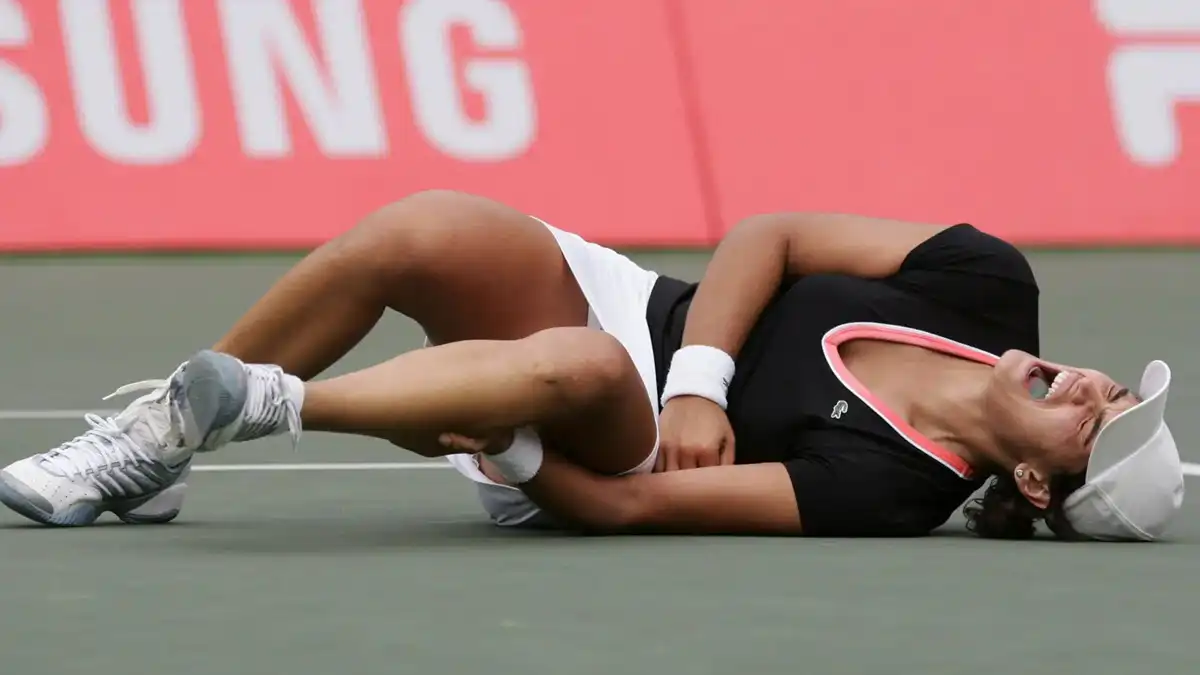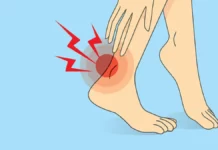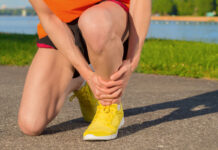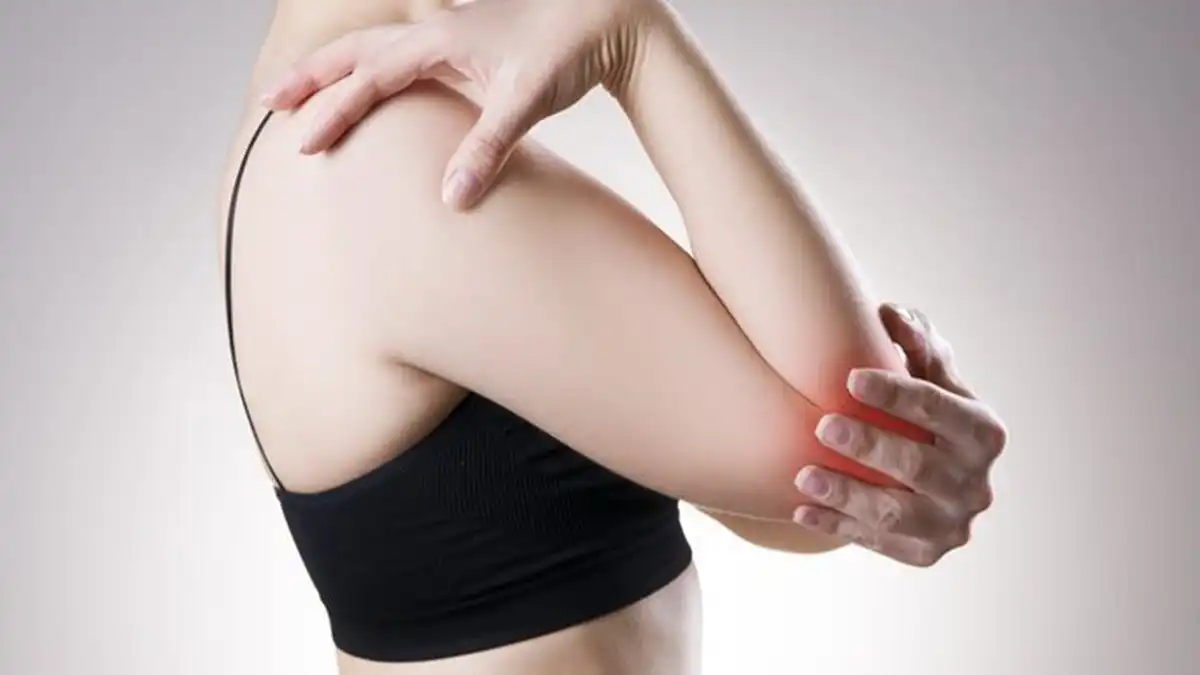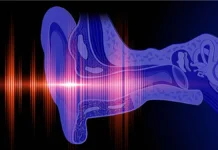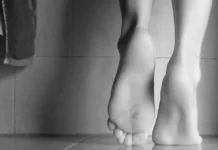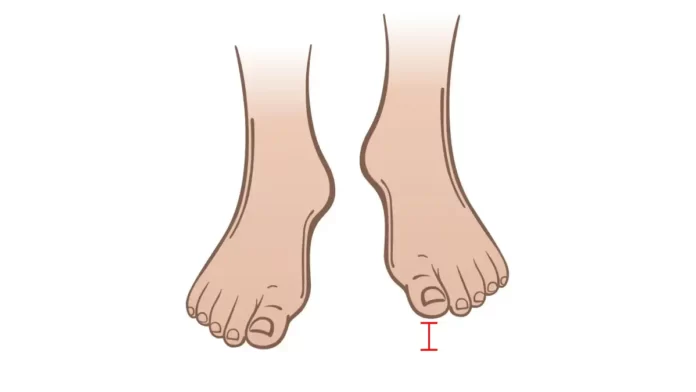Gastrocnemius or tennis leg sprain refers to acute pain in the calf due to a tear of the medial gastrocnemius. This injury is usually suffered by middle-aged people, incurred with extension of the knee and forced dorsiflexion of the ankle.
Introduction
Tennis leg, medically referred to as medial gastrocnemius strain, is a specific type of injury that affects the calf muscle. This condition typically occurs when there is a forceful and abrupt contraction of the calf muscle, leading to damage in the musculotendinous junction. Despite its name, tennis leg is not exclusive to tennis players and can affect individuals participating in various sports or activities that involve sudden bursts of movement, acceleration, or deceleration.
The primary symptom of tennis leg is a sharp pain in the calf, often accompanied by swelling and bruising. The injury usually occurs during activities that demand quick changes in direction, explosive pushes off the foot, or sudden stops. Tennis players, basketball players, and runners are particularly susceptible due to the dynamic and high-impact nature of their sports.
One common cause of tennis leg is inadequate warm-up or poor conditioning before engaging in physical activities. Insufficient stretching and preparation of the calf muscles make them more vulnerable to strain, especially when subjected to the intense and rapid movements associated with sports. Athletes who neglect proper warm-up routines increase their risk of sustaining a medial gastrocnemius strain.
Overexertion and muscle fatigue are significant contributors to tennis leg. When the calf muscles are fatigued, they are less capable of effectively absorbing and dissipating the forces generated during physical activity, making them more prone to injury. Prolonged and intense training sessions without adequate rest and recovery periods can heighten the risk of developing tennis leg.
Muscle imbalances and weaknesses in the lower extremities can also play a role in the onset of tennis leg. If certain muscles, particularly those surrounding the calf, are weaker than others, it can lead to an uneven distribution of forces during movement. Over time, this imbalance can result in excessive stress on the medial gastrocnemius, making it susceptible to injury during sports activities.
Inadequate footwear is another potential cause of tennis leg. Ill-fitting shoes or those lacking proper support can alter the biomechanics of the lower limbs, increasing the strain on the calf muscles. Athletes should ensure they wear appropriate footwear designed for their specific sport and replace worn-out shoes to reduce the risk of injury.
Causes of tennis leg
Tennis leg, a colloquial term for a condition known as medial gastrocnemius strain, typically occurs when there is a sudden and forceful contraction of the calf muscle, leading to damage in the musculotendinous junction. This injury is commonly associated with activities that involve rapid acceleration or deceleration, sudden changes in direction, or explosive pushing off, such as those seen in tennis, hence the name.
One primary cause of tennis leg is an inadequate warm-up before engaging in physical activities. Insufficient stretching and preparation of the calf muscles can make them more susceptible to strain, especially when subjected to sudden and intense movements. Athletes, including tennis players, are at a higher risk of tennis leg if they neglect proper warm-up routines.
Overexertion or fatigue of the calf muscles is another significant factor contributing to tennis leg. When the muscles are tired, they are less able to absorb and dissipate the forces generated during physical activity, making them more prone to injury. Prolonged and intense training sessions, particularly without adequate rest and recovery, increase the likelihood of developing tennis leg.
Muscle imbalances and weaknesses in the lower extremities can also play a role in the onset of tennis leg. If certain muscles, particularly those surrounding the calf, are weaker than others, it can lead to an uneven distribution of forces during movement. Over time, this imbalance can result in excessive stress on the medial gastrocnemius, making it susceptible to injury during sports activities.
Inadequate footwear or sudden changes in footwear can contribute to tennis leg. Ill-fitting shoes or a lack of proper support can alter the biomechanics of the lower limbs, increasing the strain on the calf muscles. Athletes should ensure they wear appropriate footwear designed for their specific sport and replace worn-out shoes to reduce the risk of injury.
Environmental factors, such as playing on uneven surfaces or slippery courts, can also heighten the risk of tennis leg. Uneven terrain can challenge the stability of the lower limbs, potentially leading to missteps and increased stress on the calf muscles. Ensuring a safe and well-maintained playing surface is crucial in preventing tennis leg injuries.
In summary, the causes of tennis leg are multifaceted, often stemming from a combination of inadequate warm-up, muscle fatigue, imbalances, footwear issues, and environmental factors. Athletes, particularly those involved in sports with dynamic movements, should prioritize proper conditioning, regular rest, and appropriate gear to minimize the risk of developing tennis leg and other related injuries.
Mechanism of injury
The knee of the rear leg is extended while the foot is dorsiflexed, which places maximum tension on the already elongated gastrocnemius muscle; at the moment of “leg push”, a tear occurs.

Symptoms of Tennis Leg
Tennis leg symptoms can vary depending on the severity of the tear, but they generally include the following
- Acute pain: Tennis leg injury is often associated with sudden, sharp pain in the calf. Some patients describe this sensation as tearing or stabbing.
- Swelling: Swelling may develop in the affected area, resulting from irritation and inflammation of the soft tissues.
- Hematoma: Bruising or hematoma may appear around the area of the muscle tear due to internal bleeding.
- Difficulty walking: Due to pain and weakening of the affected muscle, individuals may experience difficulty walking or bearing weight on the injured leg.
- Muscle stiffness: The gastrocnemius muscle may become stiff due to the injury, leading to decreased flexibility in the calf.
- Loss of strength: A muscle tear can cause a loss of muscle strength, limiting the ability to push or lift the ball of the foot.
- Tender points: When palpating the affected area, there may be specific points that trigger pain or tenderness.
- Limitation of movement: Movements that stretch or contract the gastrocnemius muscle, such as dorsiflexion of the foot, can be painful and limited.
Differential diagnoses of tennis leg
- Achilles Tendon Rupture: This injury involves the rupture of the Achilles tendon, located at the back of the ankle. Symptoms may include sudden pain, swelling, weakness, and difficulty walking.
- Deep Vein Thrombosis (DVT): A deep vein thrombosis is the formation of a blood clot in a deep vein, often in the leg. Symptoms may include pain, swelling, redness, and warmth in the leg.
- Muscle cramps: Severe muscle cramps can sometimes be confused with tennis leg. However, cramps are usually temporary and can be relieved by stretching.
- Muscle strain: A muscle strain is less serious than a muscle tear. Symptoms may include muscle pain and stiffness, but usually without significant muscle fiber breakdown.
- Compartment syndrome: This condition results from increased pressure in muscle compartments, causing pain, swelling and tenderness. This can be more serious in some cases.
- Leg Fracture: A leg fracture can cause severe pain and difficulty bearing weight. It can be caused by direct or indirect trauma.
- Tendonitis: Inflammation of the tendon, called tendinitis, can cause similar pain. This may be due to overuse or repetitive movements.
- Sciatic neuralgia: Irritation of the sciatic nerve can cause leg pain, often associated with numbness or tingling.
Osteopathy
Osteopathy can be a useful adjunct in the treatment of “tennis leg” by working on the muscular, joint and tissue structure and function of the affected area. It is important to note that osteopathy does not replace conventional medical treatments, but can be integrated in collaboration with other medical approaches. Here is how osteopathy can be considered in the context of tennis leg:
- Overall Assessment: An osteopath will begin with a comprehensive assessment of the person, examining not only the tennis leg area, but other parts of the body as well. The osteopathic approach is based on understanding the overall balance of the body.
- Correction of postural imbalances: The osteopath can work on correcting postural imbalances that could contribute to the injury. This could include adjustments to the spine and adjacent joints.
- Myofascial Release: Myofascial release techniques aim to release tension in the muscles and fascia that may contribute to the pain and limitation of movement associated with tennis leg.
- Joint Mobilization: Gentle joint mobilization techniques can be used to improve joint mobility in the tennis leg region.
- Stretching and strengthening: The osteopath may recommend specific stretching and strengthening exercises to promote healing and prevent recurrence.
- Lifestyle advice and prevention: The osteopath can provide advice on lifestyle modifications, including recommendations on ergonomics, physical activity and prevention of future injuries.
- Collaboration with other professionals: Depending on the severity of the injury, the osteopath may collaborate with other health professionals, such as doctors, physiotherapists or sports specialists, to ensure a holistic approach to the injury. recovery.
References
- Bryan Dixon J. Gastrocnemius vs. soleus strain: how to differentiate and deal with calf muscle injuries. Curr Rev Musculoskelet Med. 2009 Jun;2(2):74-7. [ PMC free article ] [ PubMed ]
- Anouchi YS, Parker RD, Seitz WH. Posterior compartment syndrome of the calf resulting from misdiagnosis of a rupture of the medial head of the gastrocnemius. J Trauma. 1987 Jun;27(6):678-80. [ PubMed ]
- Campbell J.T. Posterior calf injury. Foot Ankle Clin. 2009 Dec;14(4):761-71. [ PubMed ]
- Chang KV, Wu WT, Özçakar L. Ultrasonography Imaging for the Diagnosis and Guided Injection of Plantaris Tendon Strain in a Patient With TennisLeg . Am J Phys Med Rehabil. 2018 Jun;97(6):e60-e61. [ PubMed ]
- Froimson AI. Tennisleg . JAMA. 1969 Jul 21;209(3):415-6. [ PubMed ]
- Cibulka M, Wenthe A, Boyle Z, Callier D, Schwerdt A, Jarman D, Strube MJ. VARIATION IN MEDIAL AND LATERAL GASTROCNEMIUS MUSCLE ACTIVITY WITH FOOT POSITION. Int J Sports Phys Ther. 2017 Apr;12(2):233-241. [ PMC free article ] [ PubMed ]
- Shields CL, Redix L, Brewster CE. Acute tears of the medial head of the gastrocnemius. Foot Ankle. 1985 Jan-Feb;5(4):186-90. [ PubMed ]
- Chang KV, Wu WT, Özçakar L. Ultrasound Imaging for Posterior Knee Pain: Tibial Nerve Schwannoma Not Popliteus Muscle Strain. Med Ultrasound. 2017 Apr 22;19(2):237-238. [ PubMed ]


